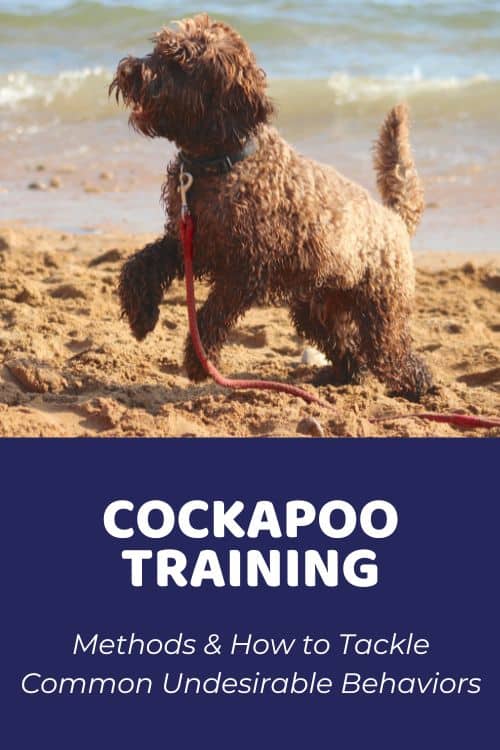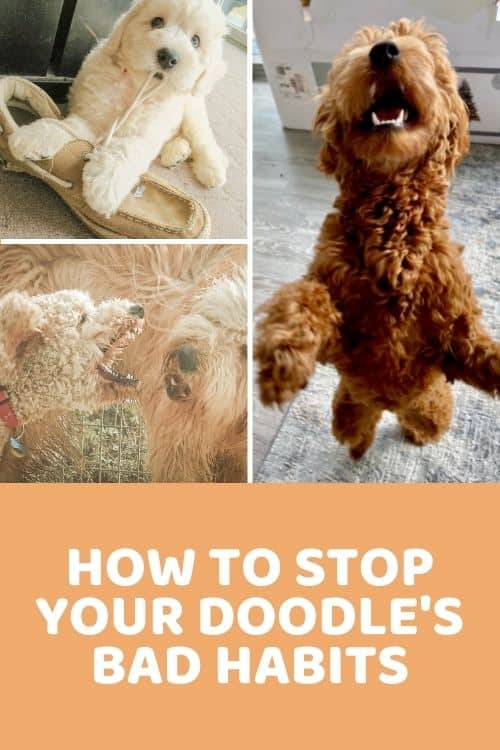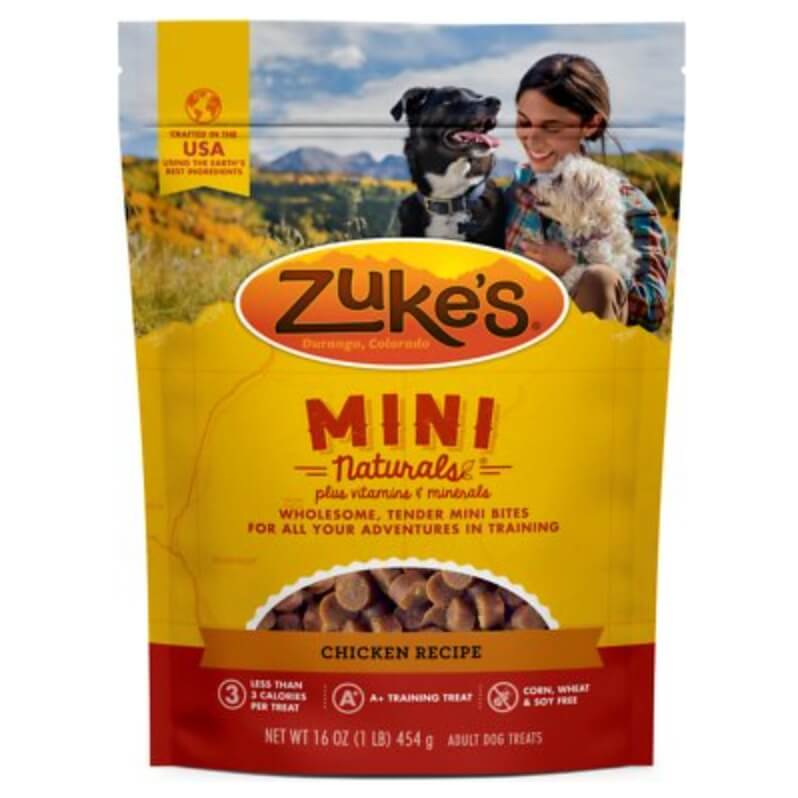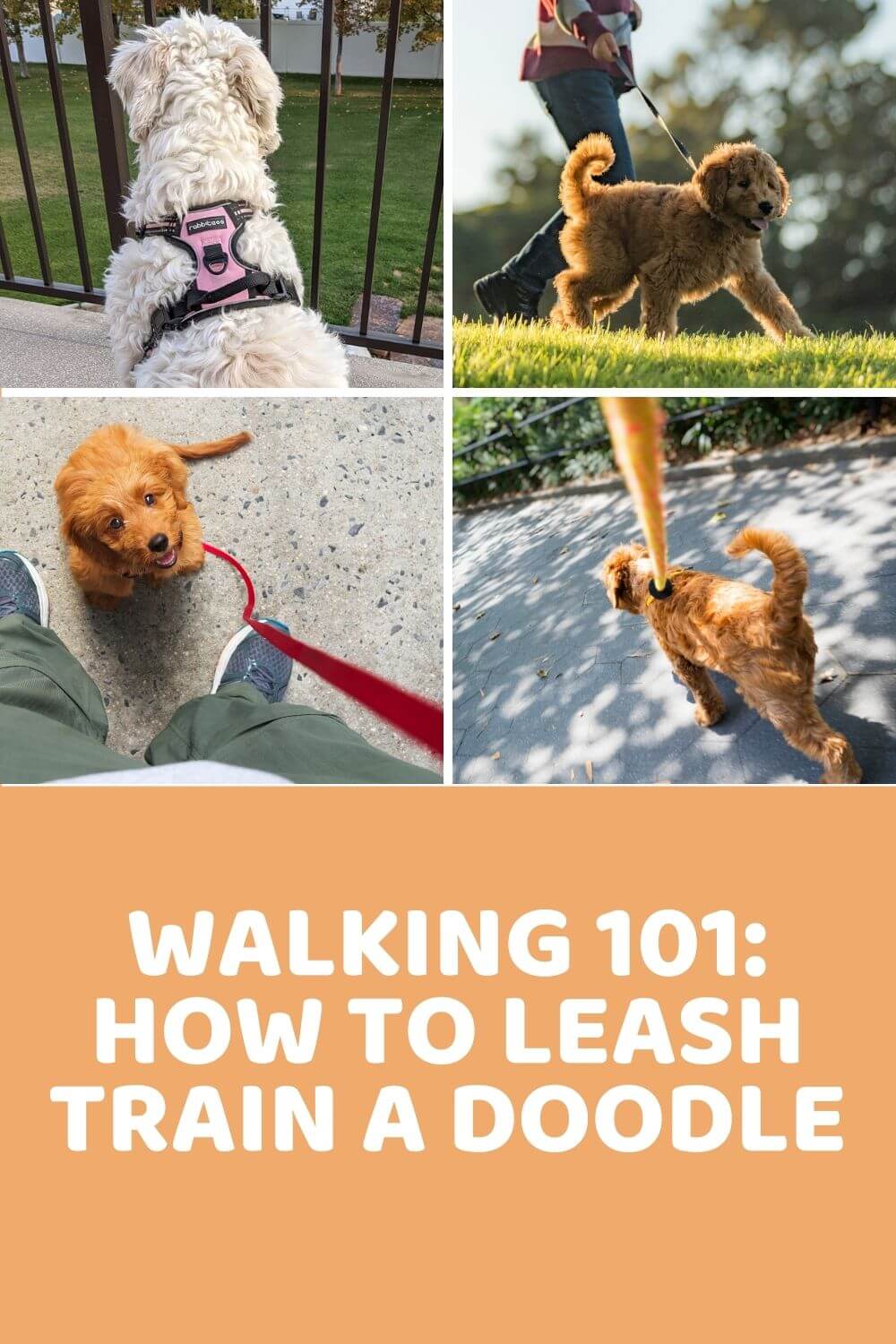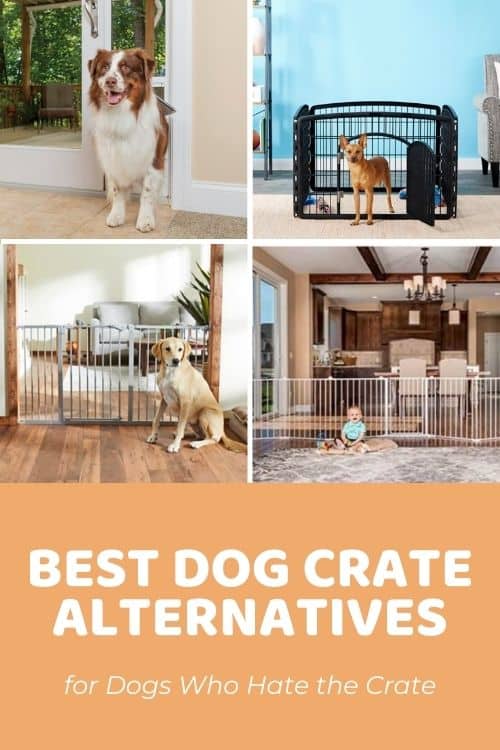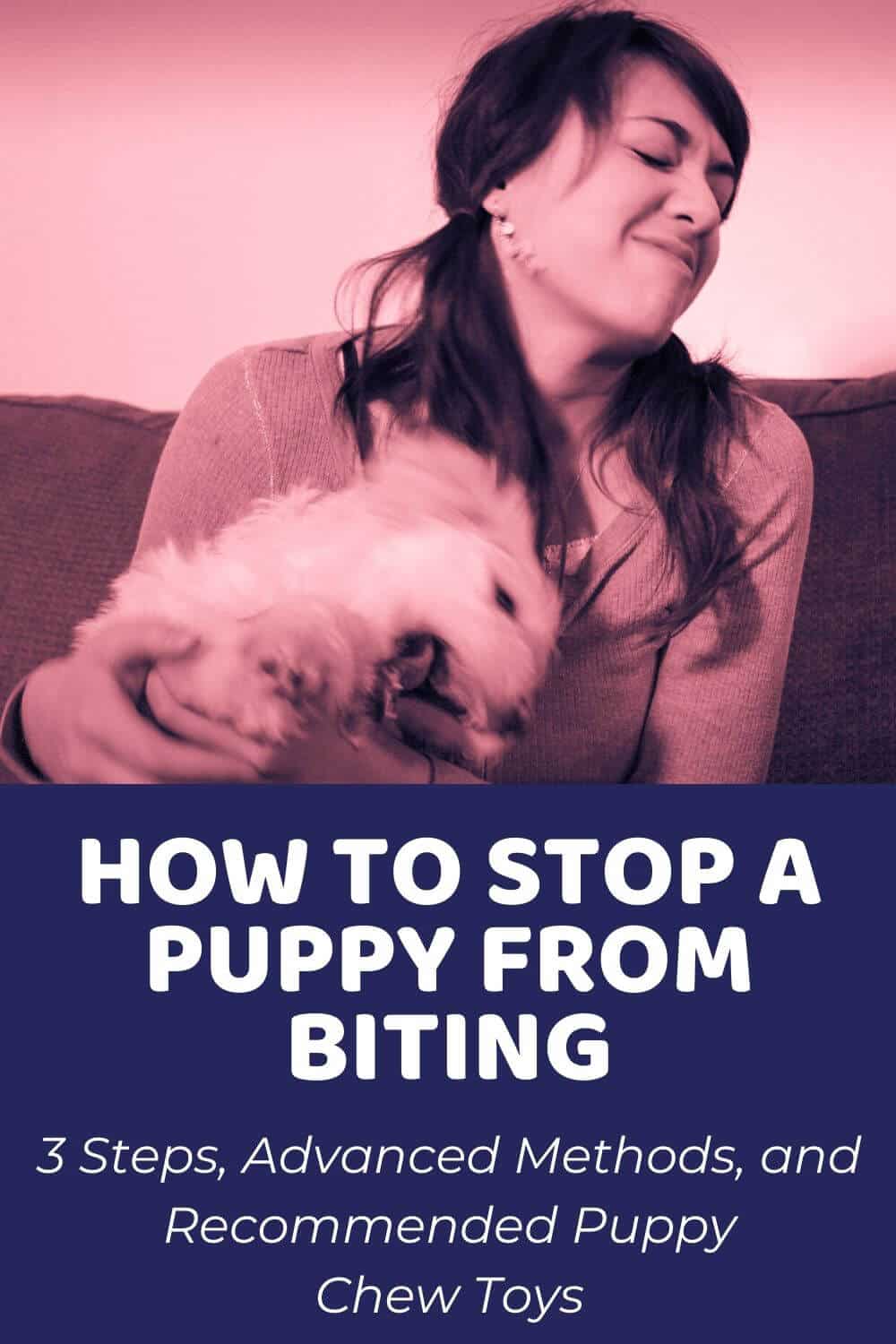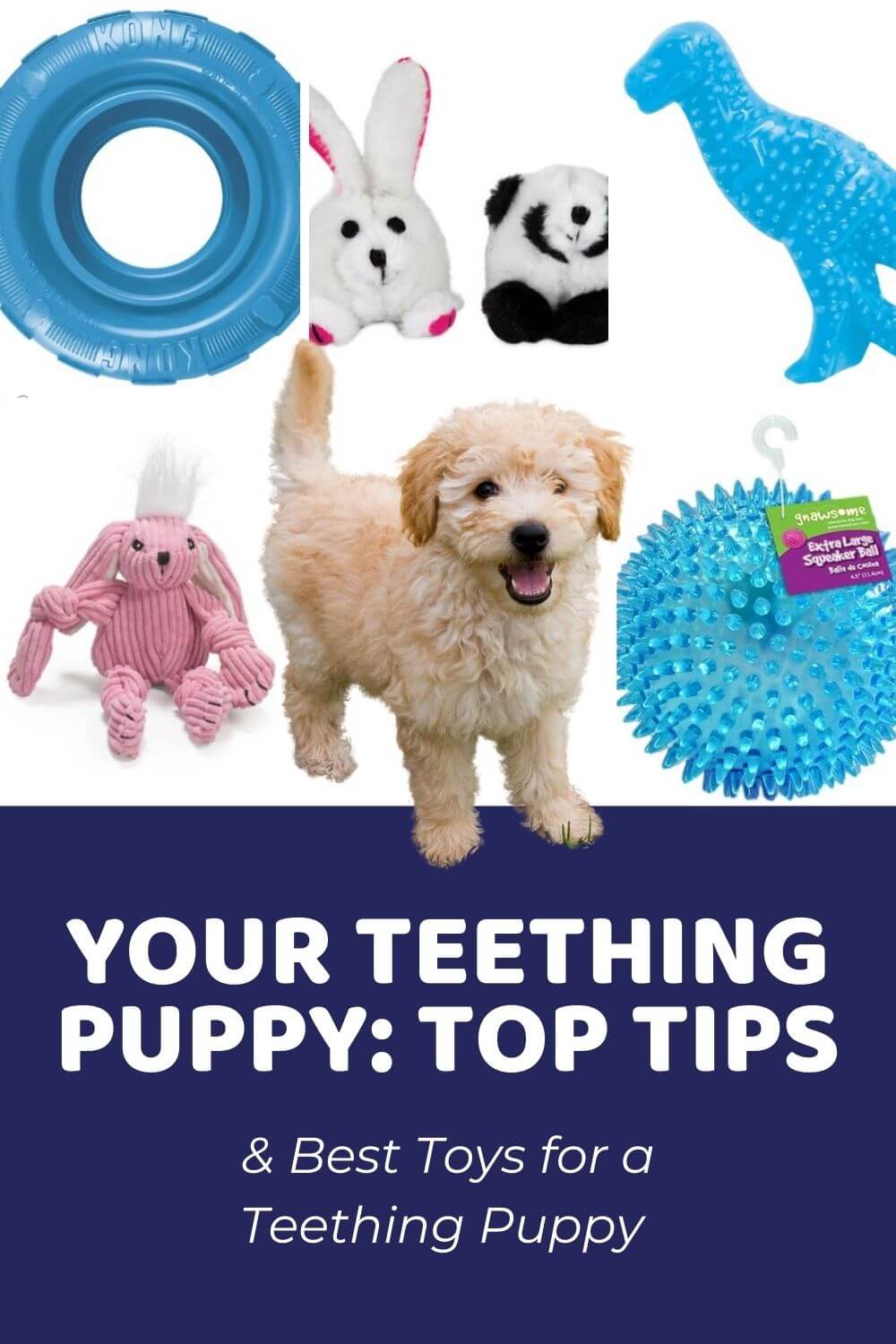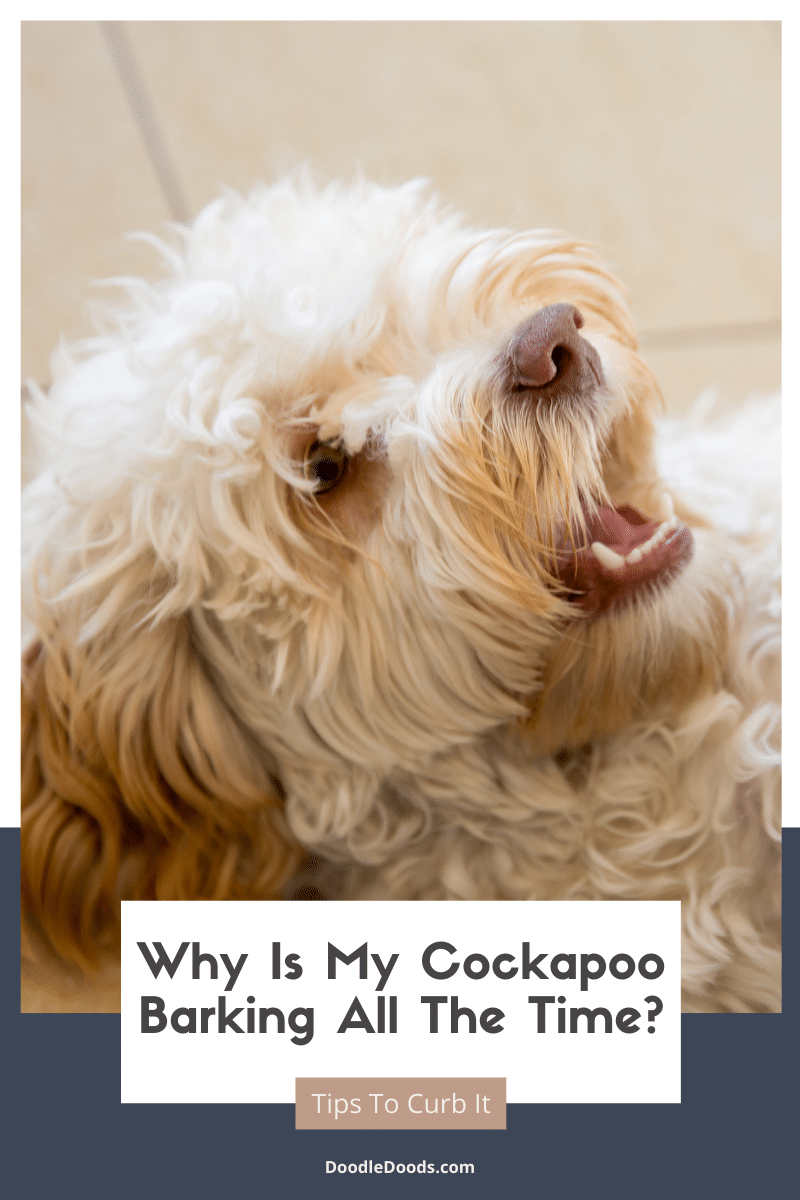So you’ve decided to get a Cockapoo puppy. Now you’re taking the time to bone up on all that dog ownership entails. Training, as you likely already know, is a vital part of the equation, not to mention the best method for getting your new pup happily situated in your home. Picturing that teeny pile of gorgeous floof in your arms, you may be thinking to yourself, “just how hard could Cockapoo training be?”
The answer is, trickier than you might think! Cockapoo puppies might look like butter wouldn’t melt, but they have inherited some serious canine smarts that can be complicated to navigate. That’s why we have come up with this handy intro to training where we detail some of the most popular methods and take a look at some common Doodle problems and how to deal with them. Enjoy!
Table of Contents
- When to Start Cockapoo Training
- The Best Way to Train Your Cockapoo: 4 Popular Methods
- Training Items You Absolutely Need for Your Cockapoo
- Cockapoo Training 101: 8 Common Issues and How to Tackle The
- Frequently Asked Questions About Cockapoo Training
- Cockapoo Training Conclusion
When to Start Cockapoo Training
As with so many things in life, the earlier you get going with training, the better. Dog breeders and experts know that effective training begins on day one. That’s why, depending on the quality of the facility you purchased your pup from, chances are they have already encountered some basic behavior shaping and hopefully a little early socialization too.
When picking up your puppy, it’s crucial that you already have a good handle on the best way to move forward with that training. The aim is to make it as seamless and as pain-free a transition from their first home to their forever one as possible. Dogs need routine and like to know what is expected of them.
Your puppy is going to need to understand the rules of their new life. Drilling these into them when they already have established behavior patterns is far more complicated than simply setting them right from the start. So be clear and firm from the beginning while remembering that your pet is still very much a baby and is likely feeling a little anxious and displaced.
The Best Way to Train Your Cockapoo: 4 Popular Methods
Cockapoos are cute, lively small-to-medium-sized dogs who adore their owners and love nothing more than making them happy. While the Poodle side of the equation makes these canines super bright (if a little bit cheeky), the Cocker Spaniel part endows them with a people-pleasing nature that should come in pretty useful for training. That being said, you will need to work hard to find the right way to capture their attention and then keep it.
Here are some of the Cockapoo training techniques of the pros:
Positive Reinforcement
The early days of dog training were based on establishing dominance over a pet through verbal and/or physical punishment, i.e., yelling and hitting. While many still see some value in these methods, experts have long since discarded them in favor of positive reinforcement, which is far less likely to result in an anxious and vicious pup.
Based on psychological understandings of behavior – both human and canine, the aim of positive reinforcement is to encourage the continuance of desirable behaviors by following them up with a pleasant stimulus. To cut through the terminology, your dog does something you want them to do, and you give them praise or a tasty treat.
Positive reinforcement is better than punishment because your pup understands what to do rather than what not to do. If the reward is delivered promptly, they will be eager to repeat the action. Et voila! You have a dog that responds to commands such as ‘sit,’ ‘stay,’ ‘heel,’ and anything else you want to teach them.
A potential downside of this method is knowing what to do when your doggo is displaying unwanted behaviors such as jumping up or chewing. These are often their own reward. Commands such as ‘down’ or ‘leave it’ can certainly help with many of these, as can withdrawing any reward, such as your attention. We’ll cover more on this later.
Need help with training?
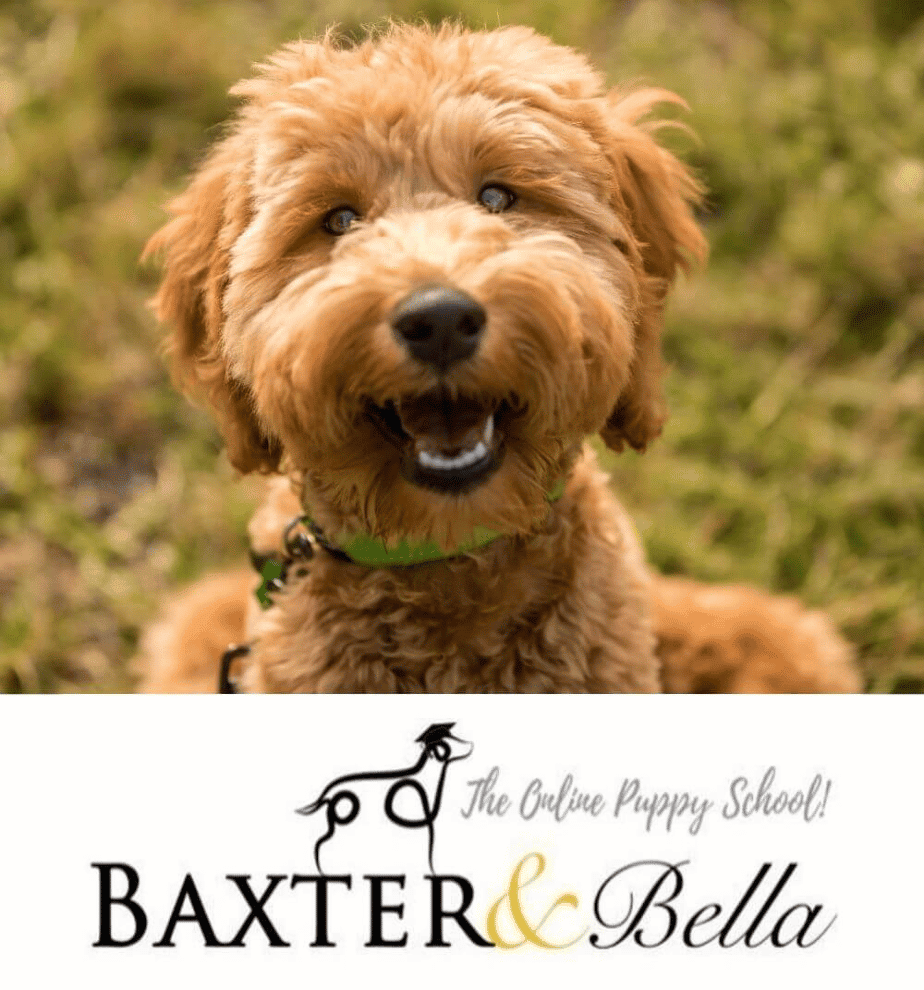
Use our discount code: DOODLEDOODS at checkout for an instant 25% off of BAXTER & BELLA, The Online Puppy School – an incredible value on their lifetime membership!
Learn More About BAXTER & BELLAClicker Training
A method based on much the same principle as positive reinforcement, clicker training is most often utilized by dog trainers. So, again the idea is to reward desirable behaviors in the hope that these will be repeated in the future. Canine experts prefer this technique as it allows them to mark the very moment the action occurs.
The importance of this is that when there is a delay between a behavior and a treat being produced, several other actions can occur in that space of time. So it might not be apparent to your pal just what they are being rewarded for. Consider that you ask your puppy to sit, they do, but then they immediately get up and start jumping up at you for their treat….
If you hand your pup the reward at this time, it could end up reinforcing the jumping up rather than the sitting down one – not good! Having a noise-making device or a word that your pooch comes to recognize as a signal a treat is on the way can help clear things up for them and makes training at a distance more effective too.
Of course, you will need to ensure two things to make this method effective. One that your puppy understands that the clicker signals a reward is imminent – this will take a little work on its own. Two that you never use the word or sound outside of training. Hearing it at other times could cause your pet some confusion as they will then expect a reward.
Mirror Training
This technique takes ideas from positive reinforcement and clicker methods and builds on them. Alongside teaching the dog to respond to commands, owners develop the kind of relationship with their pup that encourages them to mimic their actions. They also provide opportunities for them to employ their natural instincts.
Basically, the key idea of mirror training, and the reason for its name, is that the dog is considered a mirror to their owners, who they look at in a kind of leader/parent light. This means that when our pet does something we don’t want them to do, we need to look to ourselves to figure out what we are doing wrong and aim to put it right so that their behavior alters too.
Usually, this involves issues of miscommunication, going against a dog’s instincts, or simply not having enough “respect points” with your pup to be able to effectively set rules. You have to figure out your pet’s nature and learn to work with it. For instance, if you have an overactive hound, you need to find ways to keep them busy.
A further important aspect of this method is allowing the dog to live like a dog. This includes providing them with plenty of opportunities to hunt, swim and work – all the things that lie at the heart of their very nature. Playing games with your dog and practicing canine sports that emulate these are vital to shaping your pet’s behavior.
Relationship-Based Training
Another canine training philosophy that is enjoying popularity right now is the relationship-based method. As the name suggests, this focuses on the owner developing a trustful relationship with their hairy friend. The idea is that when you have this with any animal, you have their respect making it more likely that they will want to do what you say.
Much like mirror training, relationship-based training is considered more of a lifestyle. You treat every interaction with your pet as a learning experience for you both. You become an expert in your dog – learning how to accurately interpret their body language. You are able to put their immediate needs first and also find out what motivates them.
Again, positive reinforcement, via clicker training, is used to encourage wanted behaviors, and aversive methods like force or intimidation are very much avoided. The latter breaks down the relationship and makes the dog less likely to do what you say. Instead, your focus should be on setting them up for success using the knowledge you have of them.
Understanding your pet is really the main idea behind this method. This includes having realistic ideas about what they can do and shaping their environment to limit the opportunity for unwanted actions to occur. I.e., not leaving tempting food around or letting your pup off the leash if they have not yet learned to come back when you call them.
Training Items You Absolutely Need for Your Cockapoo
Whichever method you opt for, some must-have items will make Cockapoo training that much easier. These include:
Treats and Treat Pouch
As food is usually the most effective motivating tool for a Doodle, you will need a treat pouch to ensure you have a plentiful supply of the good stuff while with your pup. Speaking of treats, these should be high-value – meaning super tasty. However, you will want to keep an eye on the calories. While growing puppies with all that excess energy can easily handle a few more, older pups could quickly start to pile on the pounds unless you can find a healthier alternative to most kinds of store-bought snacks.
Best for Clicker Training
Toys
If you’re thinking of opting for an alternative to treats, whether to keep things fresh or simply because you are worried about those extra calories, toys might be the natural choice. These tend to work a little better with the clicker method as it’s generally harder to match the action with the presentation of a toy or initiation of a game of ball or tug-of-war otherwise. Toy rewards also work well for those rare pups that aren’t motivated by food (they do exist!). Playing with your guy or gal is also an excellent way to strengthen your relationship.
Walking Training Accessories
You’ll need to find a leash and harness based on your dog’s specific size for walking training. While there are plenty of fancy options out there, and you might be tempted to pick up something really nice, hold off on that urge. In those early days, you’ll find your dog will constantly chew on both. Something simple yet sturdy such as this nylon dog leash, is all you need. Combine it with a suitable harness, and don’t forget to also pick up a collar to attach your pet’s information tags to in case they do manage to give you the slip.
Crate, Gates, and/or Playpen
When you’re just getting going with toilet training, you want to make things as easy as possible for your pup. Many experienced owners recommend limiting your doggo to certain areas of the house where accidents are more easily dealt with. To do this, you will need to make use of pet gates and/or playpens. Some owners also choose to crate their pet overnight or while they are away from the house. This has other benefits, too, including creating a safe space for your dog and making moving them about that much easier.
Cockapoo Training 101: 8 Common Issues and How to Tackle The
1. Counter Surfing/Stealing Food
This is one of the biggest issues for Doodle owners. These dogs love food – like, REALLY! This means they will take every opportunity to snatch a mouthful of anything simply because it just smells so good. The best thing you can do is keep temptation well out of reach, but commands such as ‘down’ and ‘leave it’ should help you keep control too. Keep in mind that stealing food is its own reward, so curbing this one isn’t going to be easy.
2. Jumping Up
While it may seem cute at first that your fur baby is greeting you with such enthusiasm, it’s likely to get old fast. Especially if they accidentally catch you wrong with one of their nails or trip you up when you’re trying to move about the house. What you really need to do in this situation is remove the reward by not giving your pup any attention when they do this. Keep turning away, and they will eventually get the hint.
3. Barking
Cockapoos aren’t really considered to be particularly mouthy dogs. So, if they do suddenly start barking a lot, there is likely an underlying issue. It may be that they are feeling anxious or unnerved by something, are suffering from separation anxiety, or are in pain. If you can’t identify any obvious causes of this behavior, then it’s best to chat with your vet about it. They can also provide advice on dealing with the other issues.
4. Pulling on The Leash
Pups tend to pull on the leash because they are just so dang excited to be out. However, having your dog constantly straining against their harness (these dogs should never have a leash-to-collar setup) won’t be fun for you and could be a real issue if they manage to get away. Leash training is vital. It often involves stopping when your pooch pulls, getting them to sit, and setting off again only when they are calm. Slow perhaps, but effective.
5. Digging
Cockapoos can definitely be diggers – and no mistake! This is a part of their natural instincts and something they simply love to do. Rather than fighting against it, why not give them a space to engage in this behavior? You’ll need to make it clear that this is the only place you’ll tolerate them digging. In the early days, do this with a playpen and then by moving them about, and finally by using a command to encourage digging only in that spot.
6. Biting and Mouthing
In the early days of a dog’s life, they learn bite inhibition from their littermates. This is something to keep reinforcing when you bring them home. Mouthing is all part of play but do let your puppy know when they have gone too far with a loud pain sound and withdrawing from play for a while – just like their siblings would have done. This is known as negative punishment. With it, your fur baby should quickly pick up the rules of play.
7. Eating Socks and Other Non-Food Items
Chewing is another natural instinct for dogs. It’s how they keep their jaws healthy and their teeth clean and strong. It’s also a vital part of the teething process. For this reason, as with digging, the trick is not to try and prevent the action altogether but to redirect it. When you find your pup chewing on an old shoe or chair leg, replace said item with a suitable chew, toy or bone instead. Likely your dog will find this far more interesting anyway.
8. Toilet Training
Every new pet parent grapples with toilet training. With these smart pups, this doesn’t have to be an issue. All you need to do is make it clear to your hound which places are for this and which ones are not. This will involve plenty of moving them about to garden spots and pee pads, at least for the first few weeks. If your puppy does have an accident, ask yourself why. You may be expecting too much from them when they are still just a baby.
Frequently Asked Questions About Cockapoo Training
Are Cockapoos easy to train?
Combining the clever Poodle and the loyal Cocker Spaniel makes for one super easy-to-train pup. You just need to ensure the proper method, the best motivating tool, and then just have a little patience. Both you are your pup will get it wrong some days, and that’s okay. Aim to remain as firm, fair, and consistent as possible. You’ll get there in the end.
How do you train a Cockapoo puppy?
There are various training methods that you might pick for your puppy. A few of which we have outlined above. The best tend to focus on encouraging desired behavior rather than punishing negative actions. These make it much easier for your dog to understand the rules and boundaries.
How do you discipline a Cockapoo?
Rather than resorting to raising your voice or lashing out at your puppy, which could scare them and perhaps prompt them to lash right back, make use of negative punishment. Basically, you withdraw your attention until your Cockapoo alters their behavior or responds to the command you are giving them.
What is the best age to train a Cockapoo?
You should get started with training your Cockapoo right from the time they enter your home. This way, they will learn about acceptable behavior from the get-go. Chat with the breeder to find out what they have already been doing with your pup. They are in a position to offer valuable insights about what specifically works for your dog.
Cockapoo Training Conclusion
When considering taking on a puppy, you need to be clear on the methods you are going to use to ensure they behave in the right way. Aside from knowing how to deal with common issues that arise, you will need to be prepared with all the tools you will need to establish the boundaries of your house and beyond. Hopefully, the details provided on each of these put you in a solid position to start training your Cockapoo puppy from the day you get them and ensure that the training is effective for you both.
Learn How to Care for Your Doodle Puppy!

Perfect for first-time Doodle parents, get ALL your questions answered, including questions new Doodle parents don’t even think to ask.
Plus, get $700 worth of Bonus Materials for FREE, including:- Doodle Parenthood Community and Support Group ($190 value)
- Doodle Puppy Growth Tracker ($20 value)
- EMERGENCY Cheatsheet: When To Call The Vet Immediately ($50 value)
- HELP! Button ($145 value)
- And SO MUCH MORE!

